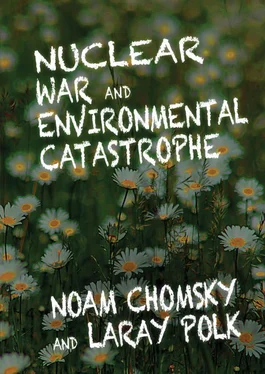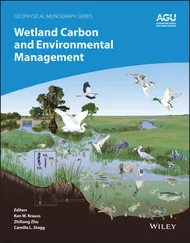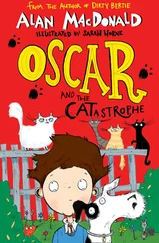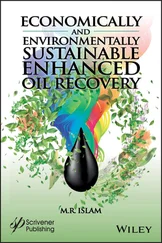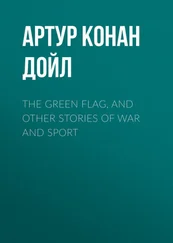See Britain’s “Mass Trespass” on Kinder Scout Mountain in 1932. The Mass Trespass, led by workers who sought unimpeded foot travel, eventually led to the establishment of Britain’s national parks and the 2004 Right to Roam Act. On the history of “rambling” and current campaigns to protect walkers’ rights, see Ramblers.org.uk.
Mitchell Landsberg, “Rick Santorum Denies Questioning Obama’s Faith,” Los Angeles Times , February 19, 2012.
Richard Land is president of the Southern Baptist Convention’s Ethics and Religious Liberty Commission and author of Real Homeland Security: The America God Will Bless . Thomas B. Edsall, “Newt Gingrich and the Future of the Right,” Campaign Stops (blog), New York Times , January 29, 2012. On Gingrich and “Saul Alinsky radicalism,” see note 3, this chapter.
Smith’s Wealth of Nations also covers the topic of propagation and the health of the labor force: “Poverty, though it does not prevent the generation, is extremely unfavourable to the rearing of children. The tender plant is produced, but in so cold a soil, and so severe a climate, soon withers and dies…. In some places one half the children born die before they are four years of age; in many places before they are seven; and in almost all places before they are nine or ten. This great mortality, however, will every where be found chiefly among the children of the common people, who cannot afford to tend them with the same care as those of better station.” Smith proposed better wages for workers, enabling families to better provide for their children, consequently providing a healthier, more productive workforce. Adam Smith, An Inquiry into the Nature and Causes of the Wealth of Nations (1776; repr., London: Methuen, 1904), Library of Economics and Liberty (EconLib.org), s.v. “Adam Smith, Wealth of Nations,” s.v. “I.8 Of the Wages of Labour.”
The Russell-Einstein Manifesto, issued in London on July 9, 1955, provided the impetus for the formation of the Pugwash Conferences which began two years later and continue into the present. The group derived its name from the location of the first conference held in Pugwash, Nova Scotia. Membership is worldwide and follows a basic tenet: “Participation is always by individuals in their private capacity (not as representatives of governments or organizations).” Contemporary concerns include nonproliferation, reduction of chemical and biological weapons, and the establishment of a NWFZ in the Middle East. Pugwash Conferences on Science and World Affairs (Pugwash.org). On Pugwash and Joseph Rotblat, see note 9, this chapter.
Barry Feinberg and Ronald Kasrils, Bertrand Russell’s America: His Transatlantic Travels and Writings: Volume Two, 1945–1970 (London: George Allen & Unwin, 1984).
Lawrence Wittner produced a trilogy of books chronicling the history of the world nuclear disarmament movement: One World or None (1945–1954), Resisting the Bomb (1954–1970), and Toward Nuclear Abolition (1971–present). His most recent book is Confronting the Bomb: A Short History of the World Nuclear Disarmament Movement (Stanford, CA: Stanford University Press, 2009).
Established in London in 1958, the Campaign for Nuclear Disarmament (CND) advocates for Britain’s unilateral nuclear disarmament and much more. Early protests took the form of yearly marches to a nuclear weapons facility at Aldermaston. In 1960, some campaign supporters favored sit-ins and blockades, establishing a separate group led by Bertrand Russell, the Committee of 100. (Most Committee of 100 events resulted in arrest.) Contemporary concerns include opposition to the Trident nuclear weapon system, chemical and biological weapons, missile defense, a nuclear-armed NATO, and expansion of nuclear power.
Duff’s published works include Prisoners in Vietnam: The Whole Story (London: ICDP, 1970); Left, Left, Left: Personal Account of Six Protest Campaigns, 1945–65 (London: Allison & Busby, 1971); War or Peace in the Middle East (Nottingham: Spokesman Books, 1978).
Carol (née Schatz) Chomsky received her PhD in linguistics from Harvard and served on the faculty of the Harvard Graduate School of Education from 1972 until 1997. She has been described as a “pioneer in the field of child language acquisition,” introducing a technique still in use today for helping children learn the mechanics of reading. The technique, referred to as “repeated listening,” is discussed in “After Decoding: What?,” Language Arts 53 (March 1976): 288–96, 314. See also her work on language acquisition by the deaf-blind, Rich Languages from Poor Inputs, ed. Massimo Piattelli-Palmarini and Robert C. Berwick (New York: Oxford University Press USA, 2012).
“A Call to Resist Illegitimate Authority” appeared in the New Republic and the New York Review of Books prior to an antidraft demonstration in Washington, DC, in 1967. The organization, Resist, Inc., included members of the clergy and academia who pledged financial support for those choosing to resist the draft, including funds “to supply legal defense and bail.” An archive of the organization’s documents, The Resist Collection , is held at the Trinity College Library in Hartford, CT.
In the 1950s biologist Barry Commoner worked on a project measuring levels of radioactive strontium 90 in the baby teeth of North American children. As a result of incoming data—namely, radioactive fallout from aboveground testing increases radioisotope burden in the biosphere, including bioaccumulation in humans—Commoner and Pauling partnered in writing a petition calling for a ban on nuclear weapons testing in 1957. The petition gained international support, and eventually resulted in the Partial Test Ban Treaty (PTBT). The treaty was not successfully negotiated until 1963, due in part to Edward Teller’s insistence on a program of peaceful nuclear explosions (PNEs). See the original petition online at Linus Pauling and the International Peace Movement , s.v. “U.S. Signatures to the Appeal by American Scientists to the Governments and People of the World,” January 15, 1958. On Edward Teller, see Dan O’Neill, The Firecracker Boys: H-Bombs, Inupiat Eskimos, and the Roots of the Environmental Movement (New York: Basic Books, 2007), 296–302. On PNE protest, see Appendix 9.
Joseph (Józef) Rotblat was one of two project scientists to leave the Manhattan Project before the bombing of Japan, a move that caused heightened suspicions about his motives. He would spend the remainder of his life calling for the abolition of nuclear weapons and the end to war. After partnering with scientist Yasushi Nishiwaki in deducing the actual fallout from the Lucky Dragon incident in 1954, Rotblat worked with Bertrand Russell, playing an instrumental role in the Russell-Einstein Manifesto and the founding of the Pugwash Conferences. On Russell and Committee of 100, see note 4, this chapter.
Cf. Steiner-Chomsky exchange, March 23, 1967, and “An Exchange on Resistance: Chad Walsh and William X X, reply by Noam Chomsky,” New York Review of Books , February 1, 1968.
Twenty-five thousand participants attended the “March on Washington to End the War in Vietnam,” organized by Students for a Democratic Society (SDS) in 1965. Following several hours of picketing outside the White House, Paul Potter delivered his speech at the Washington Monument. To read Potter’s speech, see SDSRebels.com, s.v. “Antiwar Speeches.”
Читать дальше
